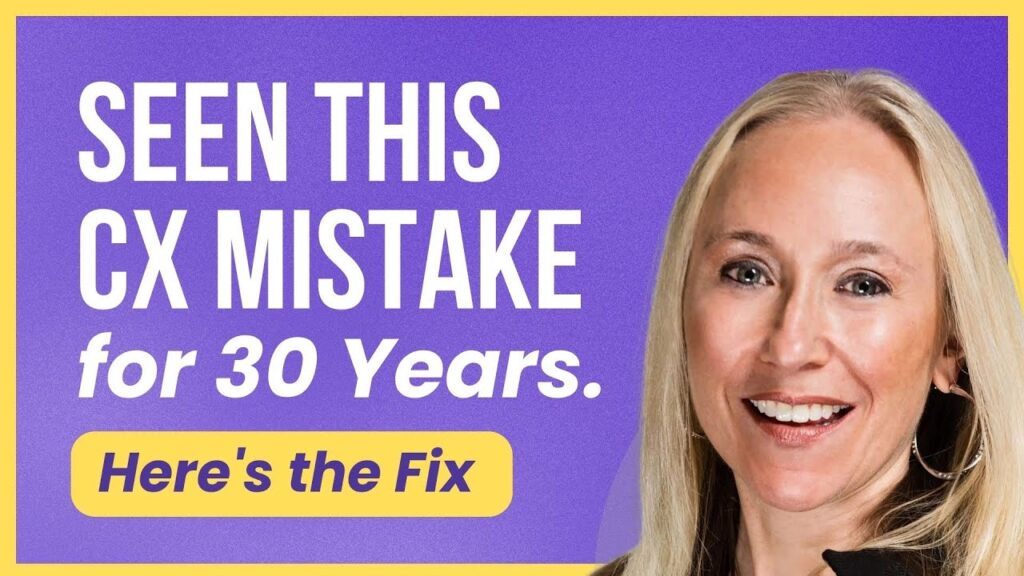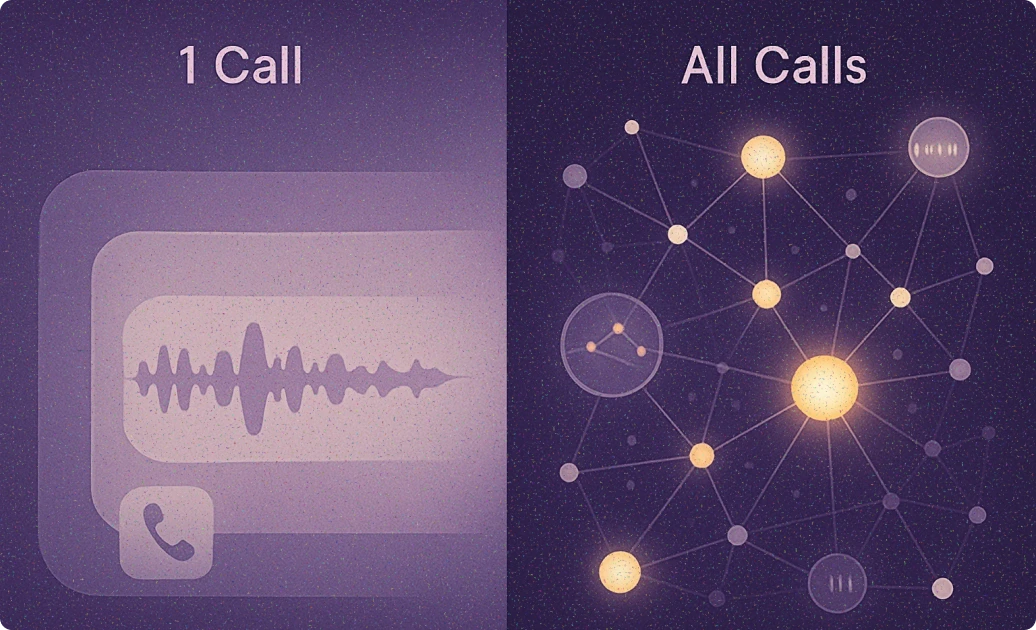How Culture Shapes Customer Experience Impact- With Annette Franz
-
Kehinde Fatosa
- 10 min read

On this episode of The Insight Frontier, we’re joined by Annette Franz, a recognized leader in cultural transformation and customer experience. With over 30 years of global experience, Annette has helped companies elevate their customer experience by embedding cultural values at the core of their business.
As the founder of CX Journey and author of Built to Win, Annette brings a unique perspective: she sees culture and customer experience not as separate, but fundamentally intertwined. This conversation unpacks how cultural transformation can become a strategic driver for CX success.
Watch the full conversation here
From Employee Experience to Customer Experience: One Unbroken Journey
Annette’s journey into this niche began early in her career at J.D. Power and Associates in the 1990s. While working on customer research projects, she noticed a recurring theme:
“We’d want to listen to employees, but it was always postponed, ‘we’ll get to employees later.’ Thirty years later, the employee experience is still a big challenge.”
Annette realized that employee experience and culture directly shape how a company interacts with its customers. The workplace environment influences employee engagement, which in turn drives the quality of customer experience.
She stresses that customer experience cannot be fully optimized without first building a healthy, aligned internal culture.
Why Culture Makes a Noticeable Difference in CX
When comparing companies that prioritize cultural values in their CX teams versus those that don’t, Annette points to a shining example: Zappos. Known for its customer centric culture, Zappos empowers employees by fostering a fun, values driven workplace. This cultural commitment translates into exceptional customer experiences and strong business outcomes, like their billion dollar acquisition by Amazon.
“Fun is one of their core values, and it shows. They wow their customers because they wow their employees first.”
This example illustrates the clear link between culture, employee empowerment, and customer satisfaction.
Where to Start: Defining and Operationalizing Core Values
For teams eager to evolve by leveraging cultural values, Annette recommends a structured starting point:
Assess the Current State: Interview leadership, employees, and customers to understand perceptions of culture and CX.
Define Culture Clearly: Culture equals core values + behaviors. Explicitly define what each core value means and the behaviors expected to live those values.
Connect Values to Outcomes: For every value, clarify the intended impact on employees, customers, and business results.
Socialize and Operationalize: Embed values into hiring, firing, promotions, performance reviews, policies, and leadership behavior.
Annette highlights that culture is not just an HR initiative, it’s a leadership imperative. The CEO must define and champion culture, while employees must embrace and live it daily.
Tackling the Big Project: Quick Wins and Foundational Moves
Transforming culture can seem overwhelming. Annette advises that while foundational work is crucial, many initiatives can happen simultaneously:
Establish culture committees and CX champions to drive engagement.
Leaders should communicate expectations clearly and consistently.
Encourage middle managers to reinforce values in daily work.
She shares stories of CEOs who take a firm stand, making culture a “no exceptions” rule, those not aligned are “off the bus.” This clarity accelerates adoption and accountability.
Closing the Gap: Socializing and Measuring Culture in Action
The key to closing the gap between leadership intent and team adoption is operationalization:
Hire for culture fit (despite some resistance to the phrase).
Conduct performance reviews through the lens of values.
Model and reward behaviors aligned with core values.
Annette notes that values like authenticity and integrity are often hardest to operationalize due to varying interpretations. That’s why clarity and shared definitions are essential.
Measuring Culture and Linking it to Business Impact
Culture isn’t fluff, it’s measurable. Annette recommends using tools like pulse surveys, 360 feedback, and engagement scores to track cultural health. One example she cites is the Market Culture’s Market Response Index (MRI), which quantifies culture effectiveness.
Importantly, feedback from both employees and customers should be combined into a culture dashboard to reveal alignment or friction points that affect CX outcomes.
Conclusion
Building a culture driven customer experience is a strategic journey that starts with clear definitions and leadership commitment. From assessment to operationalization to measurement, culture shapes how your employees serve your customers — ultimately driving satisfaction, retention, and revenue.
Watch the full conversation here







